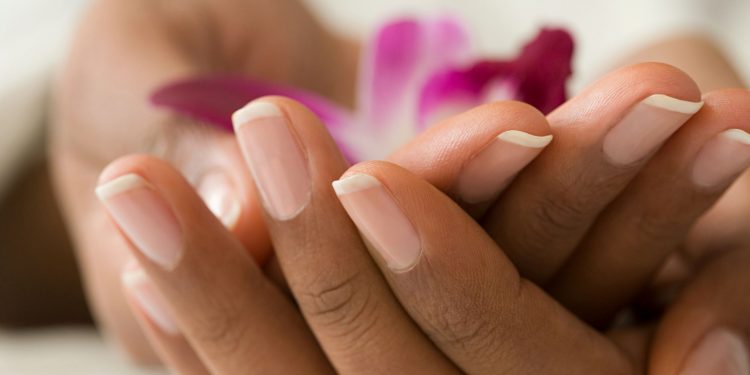Nails are an often-overlooked aspect of our anatomy that play a crucial role in our daily lives. These small, hard structures at the tips of our fingers and toes are more than just a surface for nail polish or an instrument for scratching. Nails provide protection, enhance our ability to grasp objects, and serve as indicators of overall health. This blog explores the fascinating process of nail formation, the impact of nails on our health, and practical tips for maintaining nail health. Understanding the importance of nails can help us appreciate and care for them better.
The Formation of Nails
Nails are formed from a protein called keratin, which is also found in hair and the outer layer of skin. The process of nail formation begins in the nail matrix, located under the cuticle at the base of the nail. The matrix is a small area of tissue that produces new cells, which harden and compact as they move outwards, eventually forming the visible nail.
The growth rate of nails can vary based on several factors, including age, gender, and overall health. Fingernails typically grow about 3 millimetres per month, while toenails grow more slowly, at about 1 millimetre per month. Interestingly, the nails on the dominant hand usually grow faster due to increased use and stimulation.
Nail growth is influenced by various factors, including nutrition, hormonal changes, and physical activity. For instance, a diet rich in vitamins and minerals, especially biotin, zinc, and iron, can promote healthy nail growth. Conversely, deficiencies in these nutrients can lead to brittle, weak nails.
How Nails Reflect Health
Nails can serve as a window to our overall health. Changes in nail color, texture, or growth patterns can indicate underlying health issues. Here are some common nail conditions and what they might signify:
- Discoloration: Yellow nails can be a sign of fungal infections, psoriasis, or chronic respiratory issues. White spots might indicate trauma or zinc deficiency, while blue nails could be a sign of oxygen deprivation or lung issues.
- Texture Changes: Brittle, dry nails can result from excessive exposure to water, harsh chemicals, or a lack of moisture. Soft or weak nails may suggest a deficiency in B vitamins, calcium, or protein.
- Nail Shape: Clubbing, where nails curve around the fingertips, can be associated with lung disease or heart problems. Spoon-shaped nails (koilonychia) may indicate iron deficiency anaemia.
- Growth Patterns: Slow nail growth can be due to poor circulation, nutritional deficiencies, or certain medications. On the other hand, fast-growing nails are typically a sign of good health and well-being.
Tips for Maintaining Healthy Nails
Keeping nails healthy requires a combination of good hygiene practices, proper nutrition, and protective measures. Here are some tips to help maintain healthy nails:
- Balanced Diet: Ensure your diet includes sufficient vitamins and minerals, particularly biotin, zinc, iron, and protein. Foods like eggs, nuts, leafy greens, and lean meats can support nail health.
- Hydration: Keep your nails and cuticles hydrated by drinking plenty of water and using moisturising lotions or oils. This helps prevent dryness and brittleness.
- Proper Nail Care: Trim your nails regularly and file them in one direction to prevent splitting. Avoid biting your nails or using them as tools, which can cause damage.
- Avoid Harsh Chemicals: Limit exposure to harsh chemicals, such as household cleaners and acetone-based nail polish removers. When using these substances, wear gloves to protect your nails.
- Practise Good Hygiene: Keep your nails clean and dry to prevent infections. Use a soft brush to clean under your nails gently, and avoid cutting your cuticles, as they protect the nail matrix.
Nails are more than just cosmetic features; they play a vital role in protecting our fingers and toes and can provide valuable insights into our overall health. Understanding how nails are formed and the factors that influence their growth can help us better appreciate their importance. By following simple tips for maintaining nail health, we can keep our nails strong, healthy, and beautiful. Whether you’re admiring a fresh manicure or noticing changes in your nail texture, remember that your nails are a reflection of your body’s well-being. Taking care of them is an essential part of taking care of yourself.










